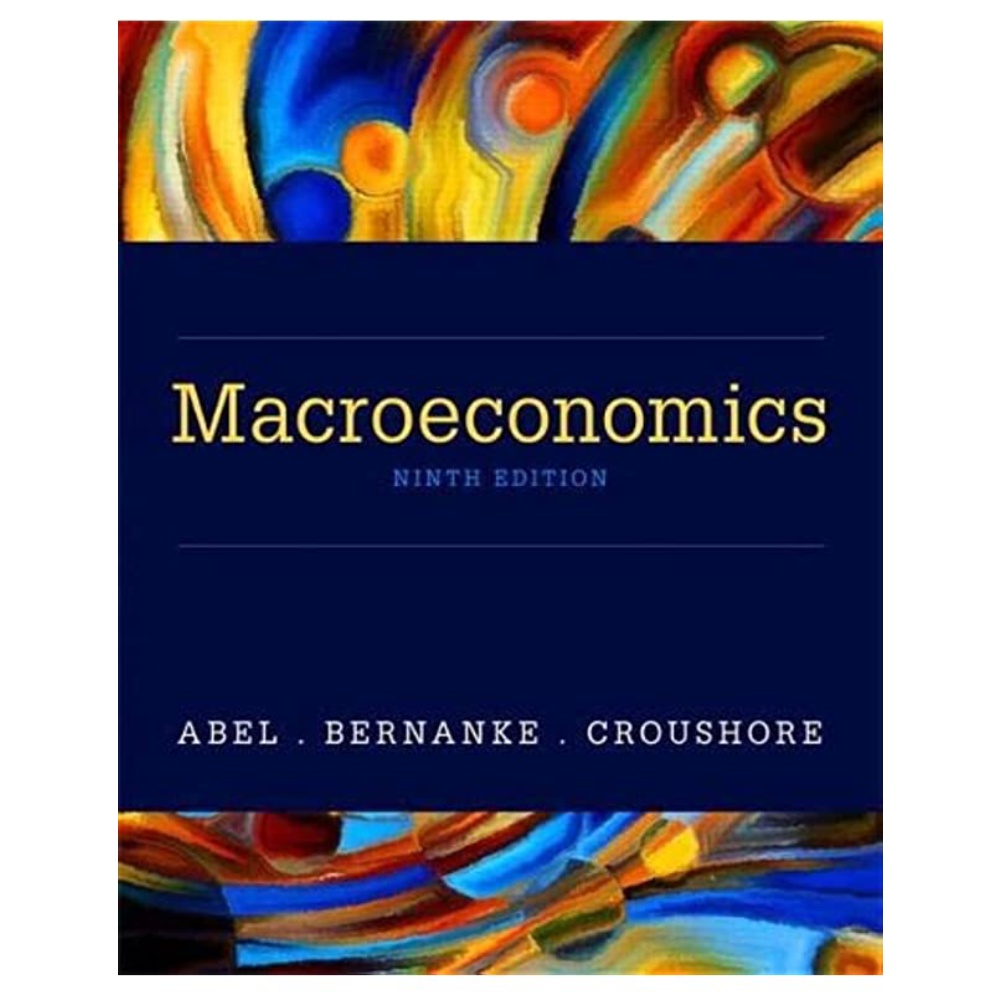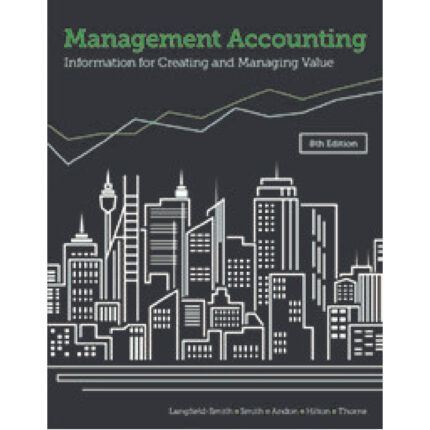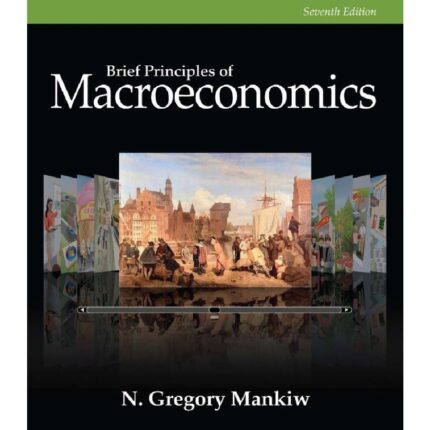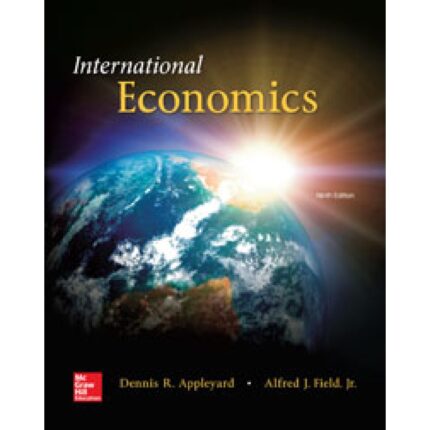Chapter 11 Keynesianism: The Macroeconomics of Wage and Price Rigidity
11.1 Real-Wage Rigidity
1) The existence of labor unions could contribute to real-wage rigidity, except that in the United
States
A) labor unions are outlawed.
B) most workers aren’t in unions.
C) unions are interested in benefits, not wages.
D) unions try to increase employment rather than negotiating over wages.
Answer: B
Diff: 1
Topic: Section: 11.1
Question Status: Previous Edition
2) Keynesians are skeptical of the classical theory that recessions are periods of increased
mismatch between workers and jobs because
A) help-wanted advertising falls during recessions.
B) help-wanted advertising rises during recessions.
C) workers spend a lot of time searching for work in recessions.
D) people are indifferent between being employed or not.
Answer: A
Diff: 1
Topic: Section: 11.1
Question Status: Previous Edition
3) The gift exchange motive suggests that
A) workers value benefits like health insurance more than job security.
B) workers prefer a nice work environment, even if they must accept lower wages.
C) workers who feel well treated will work harder and more efficiently.
D) workers will shirk if they are paid a low wage.
Answer: C
Diff: 1
Topic: Section: 11.1
Question Status: Previous Edition
4) A model in which workers won’t be concerned about the possibility of being fired if they don’t
work hard, because their wage is so low, is called
A) a cost—benefit model.
B) a job—stress model.
C) a gift—exchange model.
D) a shirking model.
Answer: D
Diff: 1
Topic: Section: 11.1
Question Status: Previous Edition
5) The effort curve is
A) horizontal, because work effort is independent of the real wage.
B) negatively sloped, because of diminishing marginal returns to labor.
C) positively sloped, because of the law of increasing cost.
D) S-shaped, because a small increase in the real wage will increase work effort more at an
intermediate wage than at a low wage or at a high wage.
Answer: D
Diff: 1
Topic: Section: 11.1
Question Status: Previous Edition
6) According to the efficiency wage model, firms will pay the real wage that
A) maximizes workers’ marginal productivity.
B) maximizes the marginal productivity of capital and the marginal productivity of labor
together.
C) maximizes effort per dollar of real wage.
D) minimizes hiring and training costs to the firm.
Answer: C
Diff: 1
Topic: Section: 11.1
Question Status: Previous Edition
7) Assuming no change in the effort curve of employees, the efficiency wage model implies that
A) the real wage is rigid and equals the efficiency wage.
B) the real wage exceeds the marginal productivity of labor.
C) an increase in the marginal productivity of capital will increase the real wage.
D) the real wage is procyclical.
Answer: A
Diff: 2
Topic: Section: 11.1
Question Status: Previous Edition
8) Real-wage rigidity in the Keynesian efficiency wage diagram of the labor market is depicted
by
A) a vertical labor supply curve at the efficient level of employment,
B) a vertical labor demand curve at the efficient level of employment.
C) a horizontal line at the efficiency wage.
D) a steep, positively sloped labor supply curve depicting various efficiency wages at various
employment levels.
Answer: C
Diff: 1
Topic: Section: 11.1
Question Status: New
9) A firm faces the following relationship between the real wage it pays and the effort exerted by
its workers.
The marginal product of labor for this firm is given by MPN = E (100 – N)/9. The firm will
choose to pay a wage such that the effort level is
A) 20.
B) 24.
C) 27.
D) 29.
Answer: C
Diff: 2
Topic: Section: 11.1
Question Status: Previous Edition
10) A firm faces the following relationship between the real wage it pays and the effort exerted
by its workers.
The marginal product of labor for this firm is given by MPN = E (100 – N)/9. How many workers
will the firm employ?
A) 96
B) 92
C) 88
D) 80
Answer: A
Diff: 3
Topic: Section: 11.1
Question Status: Previous Edition













Reviews
There are no reviews yet.